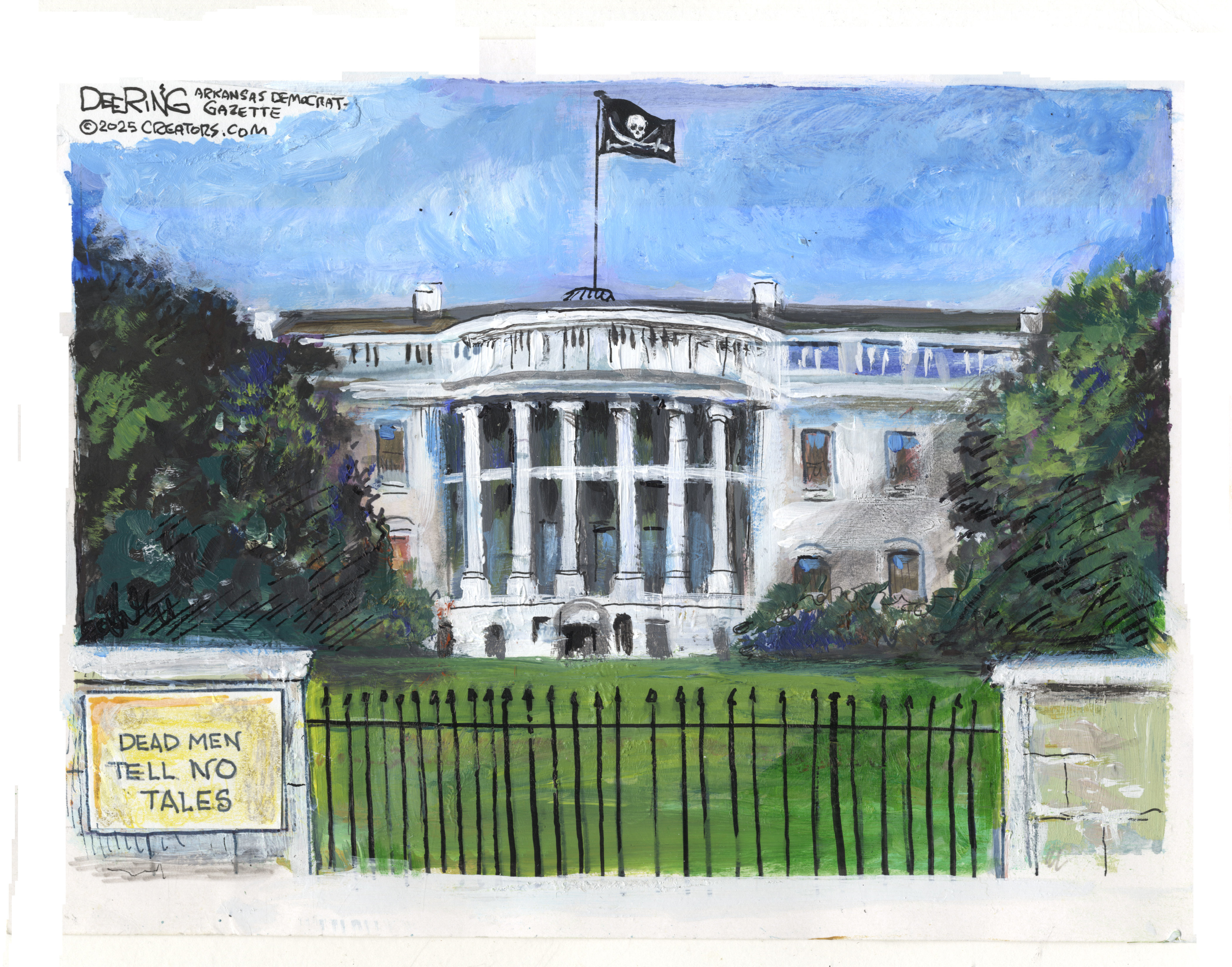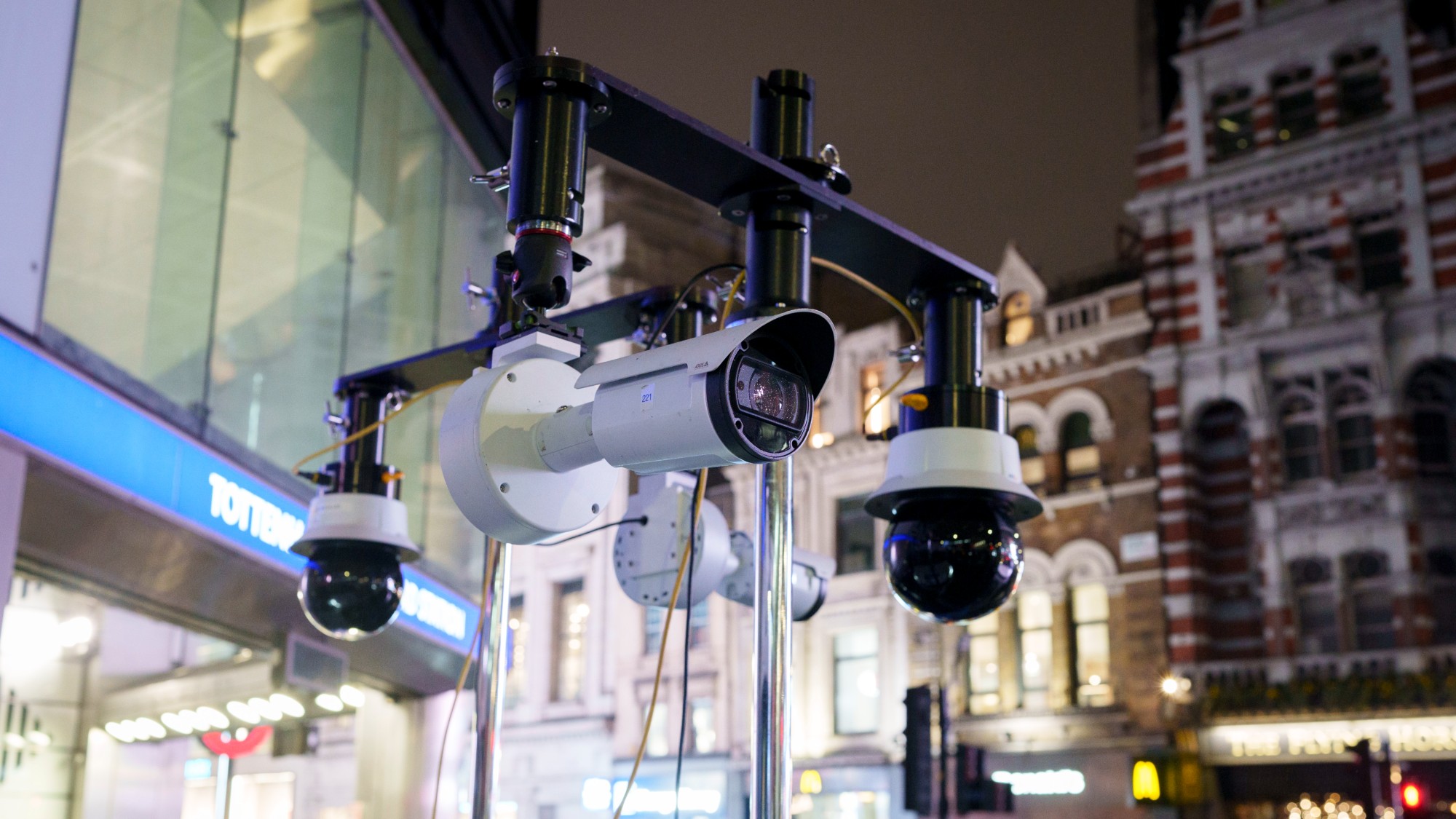Poverty: Decades of progress, slipping away
The Census Bureau revealed that nearly 46.2 million Americans—15.1 percent of the population—are now living below the poverty line.
After years of recession and joblessness, the U.S. has a “full-fledged poverty crisis,” said Eliot Spitzer in Slate​.com. The Census Bureau revealed last week that almost 46.2 million Americans—15.1 percent of the population—are now living below the poverty line, defined as an income of $22,300 for a family of four. Worse still, 26.6 percent of Hispanic households, and 27.4 percent of black households, are officially poor. The poverty rate for blacks under the age of 18 is a “staggering” 39.1 percent. A “generation of economic progress” has been lost. It could be even worse, said The New York Times in an editorial. Government safety-net programs “so often sneered at by Republicans,’’ such as food stamps and unemployment benefits, are now the only thing “keeping millions from falling into complete despair.” To cut them now, as the Republicans hope to do, would be callous beyond belief.
The poverty statistics don’t hold up to close examination, said Robert Rector and Rachel Sheffield in the Boston Herald. When most Americans think of the poor, they think of “homeless families living in crumbling shacks.” But the Census Bureau’s definition of poverty fails to count the $1 trillion in government assistance handed out to low-income families. In fact, the majority of Americans considered “poor” by the government live in decent housing, with air-conditioning, cable TV, and a computer. Fortunately, only a small minority of Americans suffers from “substantial deprivation”—and we won’t help them by legislating on the basis of “exaggeration and misinformation.”
If you think owning a TV and a microwave means you aren’t poor, said Alexandra Le Tellier in the Los Angeles Times, then it’s you who’s misinformed. America’s poor spend every day worrying that they won’t have enough money to send their kids to public colleges, pay medical bills, or keep up payments on their homes. They also face the most corrosive fear of all—“the very idea that the American dream is no longer attainable.” That’s why any government economic plan must focus on both the middle class and the poor, said the St. Louis Post-Dispatch. Median household income has fallen by 7.1 percent since 1999—a trend that threatens the “American ideal” that each generation will be better off than the last. The true challenge facing Congress is not just in paying for safety-net programs, but in rebuilding an economy that will give all Americans “true opportunities for upward mobility.”
The Week
Escape your echo chamber. Get the facts behind the news, plus analysis from multiple perspectives.

Sign up for The Week's Free Newsletters
From our morning news briefing to a weekly Good News Newsletter, get the best of The Week delivered directly to your inbox.
From our morning news briefing to a weekly Good News Newsletter, get the best of The Week delivered directly to your inbox.
A free daily email with the biggest news stories of the day – and the best features from TheWeek.com
-
 Political cartoons for December 14
Political cartoons for December 14Cartoons Sunday's political cartoons include a new White House flag, Venezuela negotiations, and more
-
 Heavenly spectacle in the wilds of Canada
Heavenly spectacle in the wilds of CanadaThe Week Recommends ‘Mind-bending’ outpost for spotting animals – and the northern lights
-
 Facial recognition: a revolution in policing
Facial recognition: a revolution in policingTalking Point All 43 police forces in England and Wales are set to be granted access, with those against calling for increasing safeguards on the technology